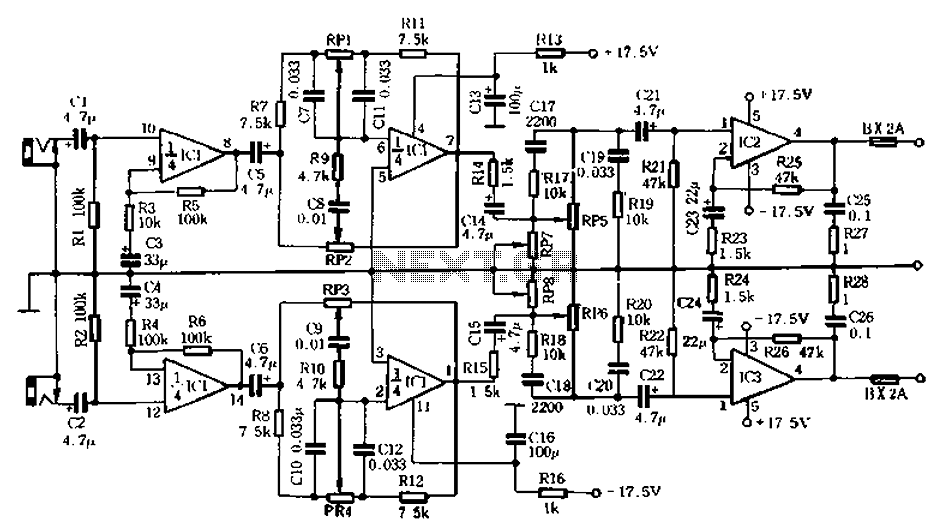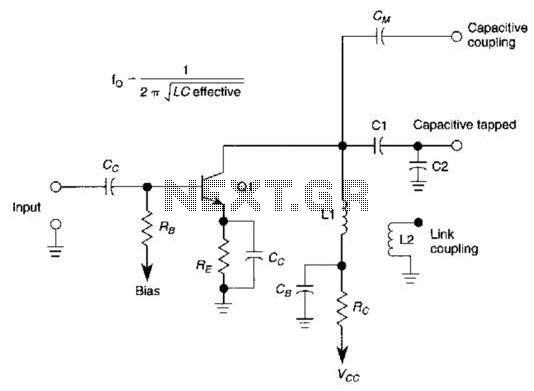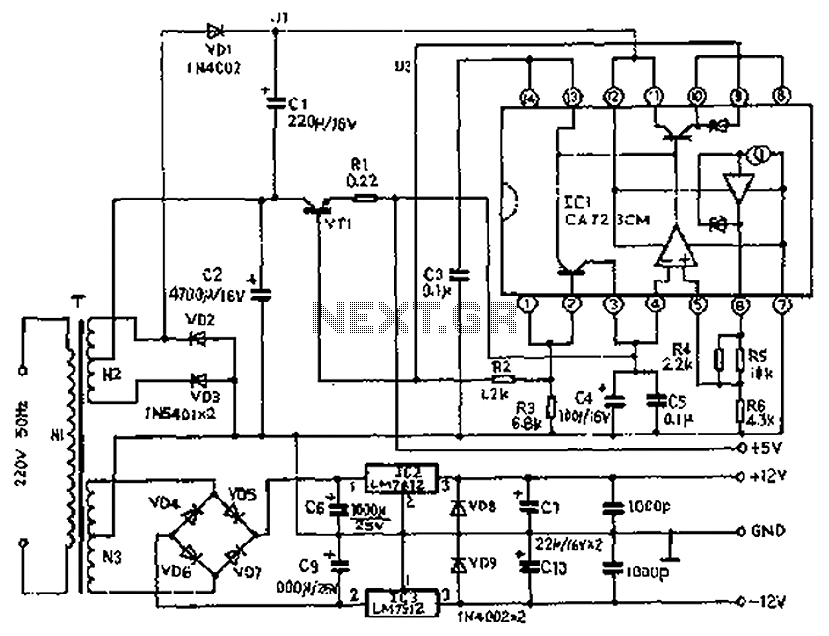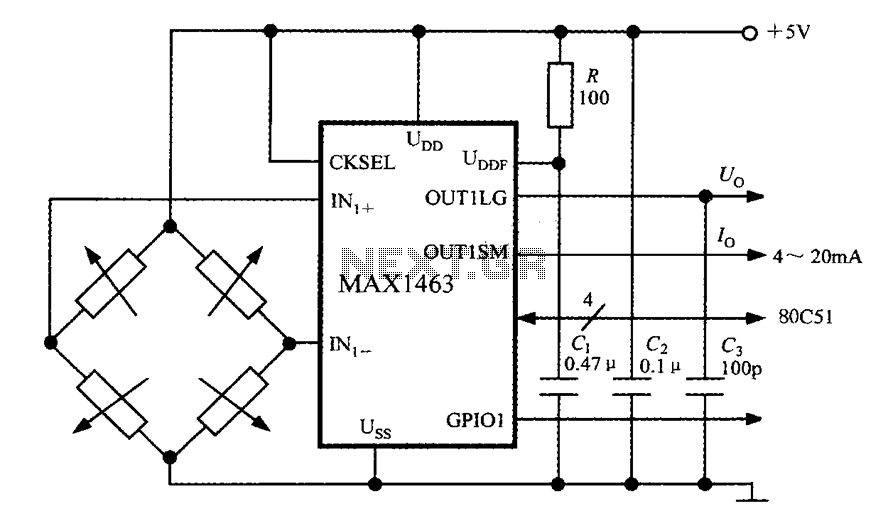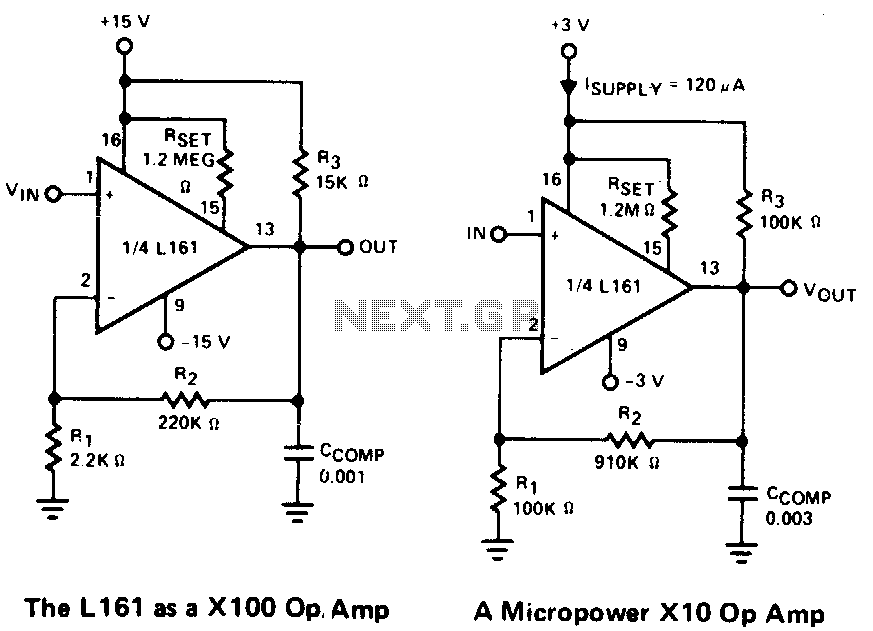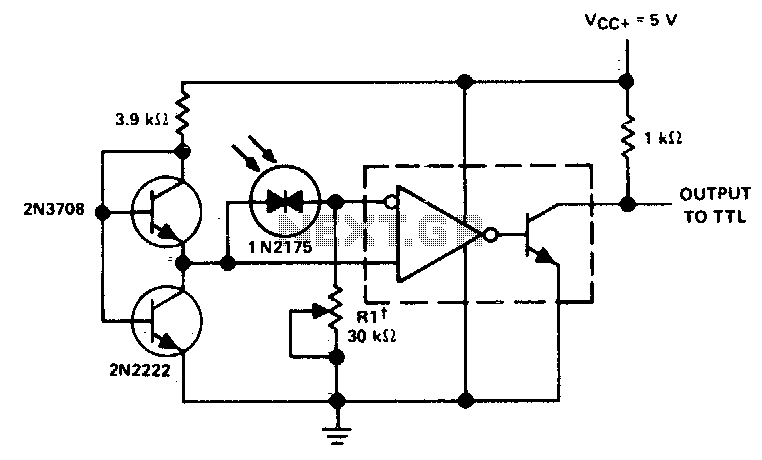
Precision Amplifiers
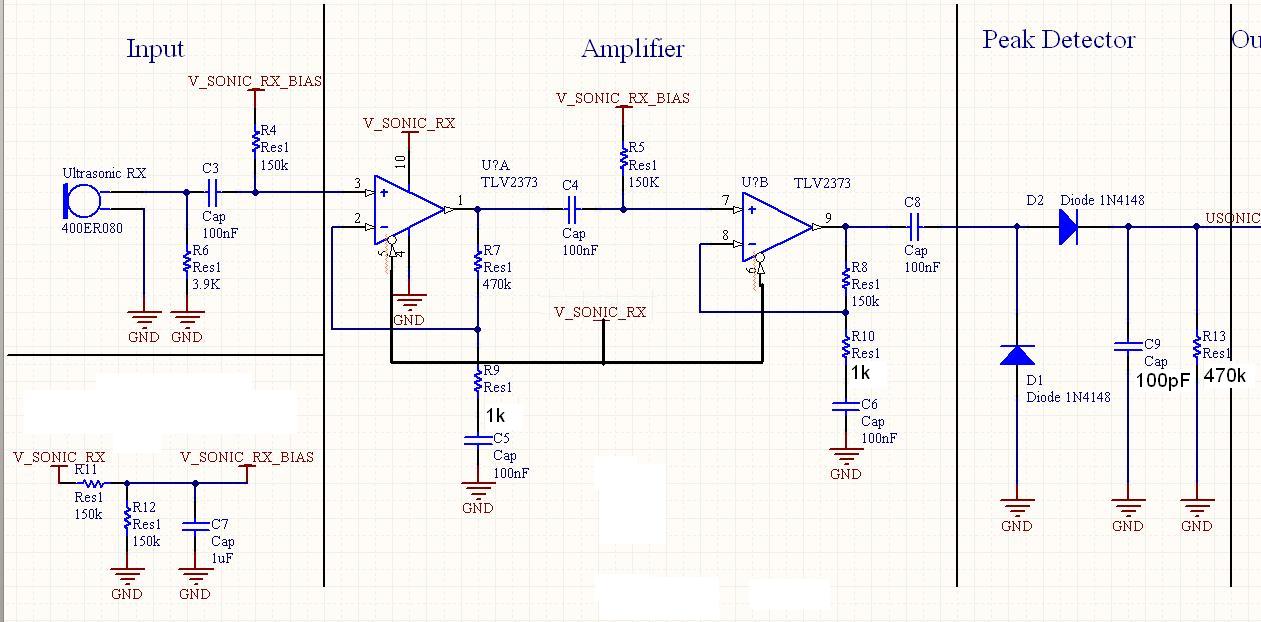
It has been mentioned that the operational amplifier (op amp) in the second stage may be damaged. Confirmation is requested by testing the op amp in a buffer configuration or any simple configuration. This test is necessary to ascertain whether the op amp is indeed failing or if another component in the circuitry is causing the observed behavior. Additionally, there are questions regarding the potential at V_SONIC_RX_BIAS2, which measures 1.8V, while pin 7 reads 2.5V and V_SONIC_RX is at 3.0V. This raises concerns about the differences in voltage levels compared to op amp A, which has a bias voltage of 1.5V and pin 3 reading. Reference is made to photos in previous emails that show the op amp in a non-inverting configuration, comparing the outputs of op amp A and op amp B, which are noted to be different.
To analyze the situation, it is essential to understand the configuration and functionality of the operational amplifiers involved. The op amp in question, when tested in a buffer configuration, should ideally provide a straightforward output that reflects the input voltage, confirming whether the device is operational. If the output deviates significantly from the expected behavior, it may indicate a fault within the op amp itself.
The voltage discrepancies noted at V_SONIC_RX_BIAS2, pin 7, and V_SONIC_RX suggest that there may be issues with the biasing or potential dividers within the circuit. The difference in voltage levels between op amp A and op amp B could be indicative of varying load conditions or feedback configurations affecting their performance. The non-inverting configuration of the op amps should produce specific gain characteristics, and any deviation in output suggests that further investigation into the circuit layout, component values, and connections is warranted.
Furthermore, it is advisable to perform a thorough examination of the surrounding circuitry, including any resistors, capacitors, or other components that may influence the operation of the op amps. By isolating each stage of the circuit and confirming the integrity of each component, a clearer understanding of the root cause of the discrepancies can be achieved, leading to a more effective troubleshooting process.Also you have mentioned that the op amp in the second stage gets damaged. Can you confirm that by testing that op amp in a buffer configuration(or any simple configuration) I am asking you to do this because we need to know if the part is actually failing or is it something else in the circuitry which is causing it to behave like this. I see. But why the potential at V_SONIC_RX_BIAS2 is 1. 8V and at pin 7 is 2. 5V while the V_SONIC_RX is 3. 0V and why is this different from the op amp-A (1. 5V on bias voltage and pin 3 of op amp-A). u also see the photos in my previous emails when the op amp is in non-inverting configuration. op amp A vs op amp B. the output of op amp B is different from output of op amp A. 🔗 External reference
To analyze the situation, it is essential to understand the configuration and functionality of the operational amplifiers involved. The op amp in question, when tested in a buffer configuration, should ideally provide a straightforward output that reflects the input voltage, confirming whether the device is operational. If the output deviates significantly from the expected behavior, it may indicate a fault within the op amp itself.
The voltage discrepancies noted at V_SONIC_RX_BIAS2, pin 7, and V_SONIC_RX suggest that there may be issues with the biasing or potential dividers within the circuit. The difference in voltage levels between op amp A and op amp B could be indicative of varying load conditions or feedback configurations affecting their performance. The non-inverting configuration of the op amps should produce specific gain characteristics, and any deviation in output suggests that further investigation into the circuit layout, component values, and connections is warranted.
Furthermore, it is advisable to perform a thorough examination of the surrounding circuitry, including any resistors, capacitors, or other components that may influence the operation of the op amps. By isolating each stage of the circuit and confirming the integrity of each component, a clearer understanding of the root cause of the discrepancies can be achieved, leading to a more effective troubleshooting process.Also you have mentioned that the op amp in the second stage gets damaged. Can you confirm that by testing that op amp in a buffer configuration(or any simple configuration) I am asking you to do this because we need to know if the part is actually failing or is it something else in the circuitry which is causing it to behave like this. I see. But why the potential at V_SONIC_RX_BIAS2 is 1. 8V and at pin 7 is 2. 5V while the V_SONIC_RX is 3. 0V and why is this different from the op amp-A (1. 5V on bias voltage and pin 3 of op amp-A). u also see the photos in my previous emails when the op amp is in non-inverting configuration. op amp A vs op amp B. the output of op amp B is different from output of op amp A. 🔗 External reference
